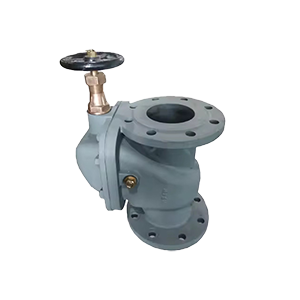A storm valve is vital for preventing seawater backflow during rough weather or high-pressure conditions. Its sealing performance directly affects ship safety.
To improve sealing efficiency, start with precision machining. The contact surface between the valve disc and seat must be smooth and perfectly aligned. Even small imperfections can lead to leaks. Using elastomeric seals like EPDM or nitrile rubber can enhance flexibility and ensure a watertight closure.
Material selection is also critical. Bronze and stainless steel storm valves offer excellent corrosion resistance, especially for seawater applications. Many modern designs now incorporate self-draining mechanisms and replaceable sealing rings for easier maintenance.
Regular inspection is the best defense against failure. Marine engineers should check the O-rings, disc alignment, and fasteners during scheduled maintenance. In extreme environments, upgrading to double-sealed storm valves can further improve durability and safety.
Post time: Nov-14-2025

